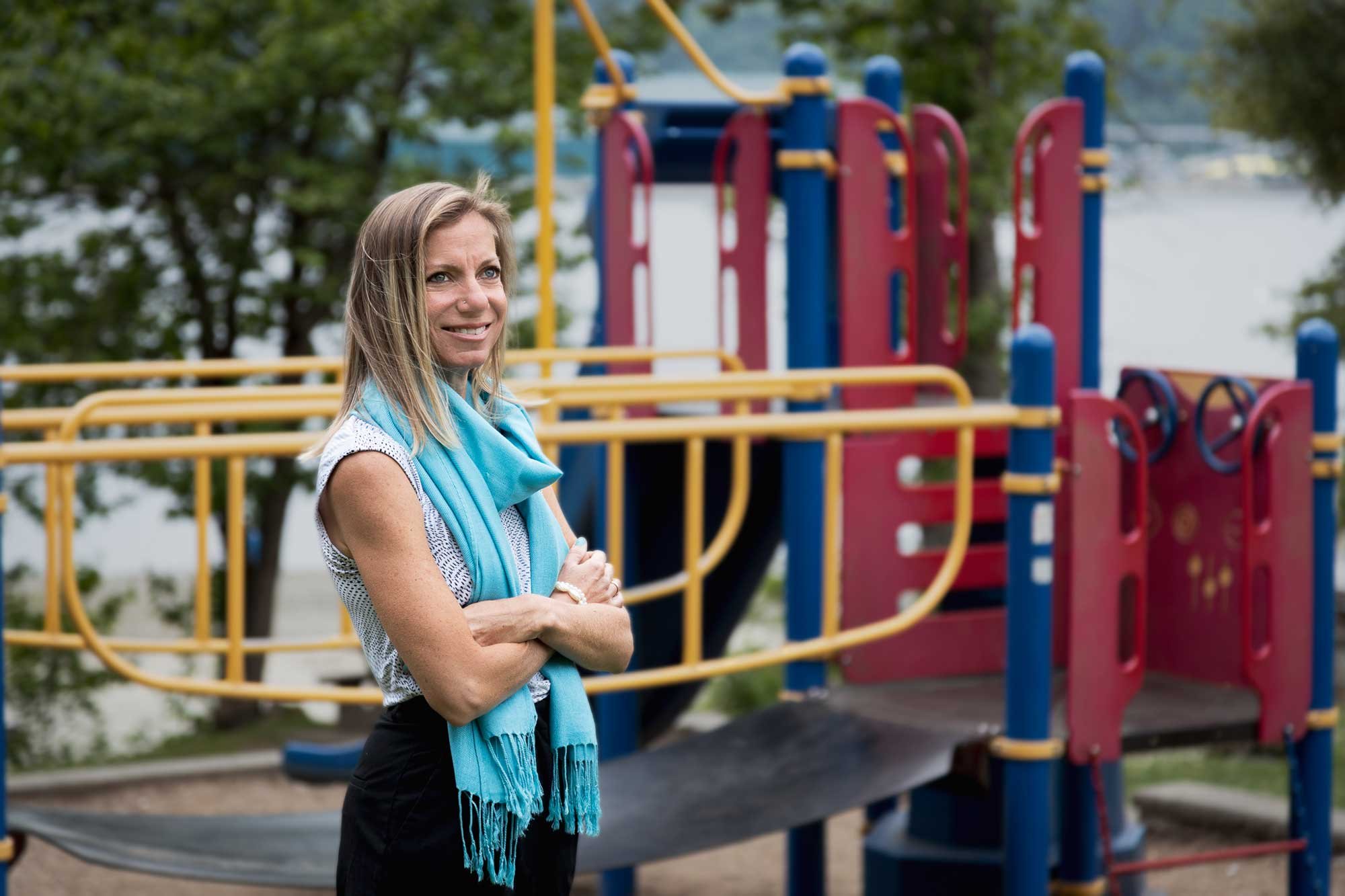
Blog & Videos
VIDEOS
Visit My YouTube Channel
Find practical tips, answers to common questions, and insights into neurodiversity through my growing collection of focused videos. Perfect for parents and educators looking to deepen their understanding in bite-sized pieces.
The NeuroThrive Blog

Finding sensory flow to teach self-regulation
We often try to ‘control’ our own mindset to be calm, receptive and engaging with our kids – suppressing our own needs bubbling under the surface. We can only maintain this level of self-control for so long….and then we blow. As do our kids.

What You See isn’t Always What You Get - Reframing Behaviours is a Critical Parenting Strategy
Just because we don’t find something stressful, doesn’t mean our kids experience it in that same way. Their behaviour is all they have to let us know how hard things are for them.

Less is More When it Comes to Supporting your Child’s Communication
The rule is that when we slow down with our kids, we create opportunity for development to speed up and our children to thrive. Assume competence. Give them room to think.

Understanding Mealtime Challenges - once and for all
Family meals and how they run require the unpacking of a very strongly ingrained value in most families. When looking at it through the lens of understanding and respecting neurodiversity, there is a lot more to consider.

Improve Sensory Processing : The Importance of Proprioception
For autistic children, who often experience sensory sensitivities and difficulties with regulation, proprioceptive input—activities that stimulate this sense—can be a game-changer.

Vestibular Input for Calm Regulation- Practical Strategies
When the brain does not receive coherent messages from the vestibular system, it wreaks havoc. Having over or under-registration in this sensory modality can look like a child that won’t move or try new things and always needs their feet on the ground to a child who takes extreme risks through their movement and can’t ever sit still.

Thinking about Intrinsic Motivation
Raising an intrinsically motivated child has been a priority for me even before I had Lily. I wanted my child, one day, to be driven by an internal desire to learn, be kind, have social responsibility, and succeed in life.

When we Meet Resistance in Our Kids
We often have many great ideas to try with our kids – ways in which to support their learning, sensory regulation strategies or executive function habits.
They will then often, in turn, present us with resistance!

When Parents Get in the Way of Their Relationship with Their Children
I often hear about kids showing up with resistance and get asked for strategies we may use to support them through it. Today I want to take that concept a step further and look at, whether some of our obstacles as parents may be at the root of this resistance.

Finding your Family's Natural Rhythm
Science/Research on earliest brain development shows clearly that growth and development is fostered in predictability and consistency in daily life. We know that stability and boundaries give children freedom to learn, be creative and thrive. Rhythm provides children with a feeling of safety, a feeling of containment in which their imagination and energy can flourish.

